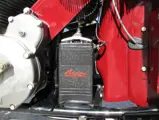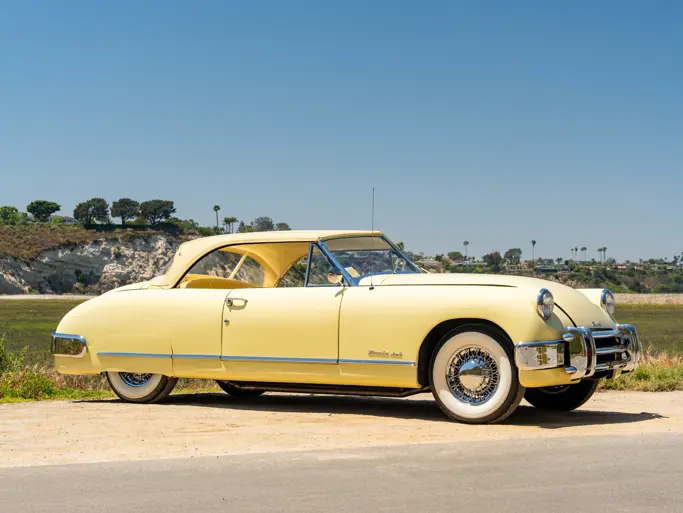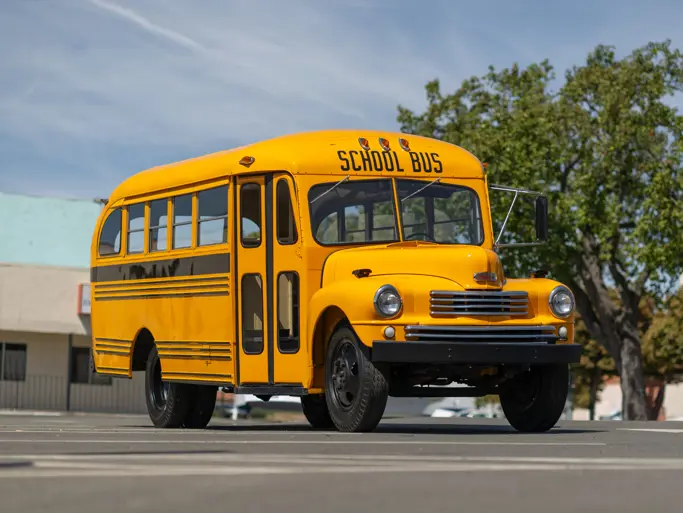Est. 40 hp, 74 cu. in. air-cooled, side-valve V-twin engine, three-speed manual transmission, coil-sprung front forks, plunger-type rear suspension. Wheelbase: 61"
• Restored five years ago; sorting mileage accumulated since completion
The 1940 model year was significant in the history of Indian motorcycles, with the addition of skirted front and rear fenders on all of its models, a feature that remains emblematic of the Indian line to the present day. Mechanically, the Chief and Four models also received a new frame with an innovative dual plunger-type rear suspension, as opposed to the decidedly low-tech unsprung rear wheels and large, low-pressure tires relied upon by Harley-Davidson. Based on a remarkably solid large-tube frame, the updated Indian models continued to build on the marque’s well-deserved reputation for smoothness and excellent handling.
While Indian was ultimately unsuccessful in its bid to become the major supplier of motorcycles to the U.S. Army, Indian did supply many military-specification motorcycles to other Allied armies and domestic police departments during World War II. Following the end of hostilities, the Indian model line consisted solely of the V-twin Chief, in order to meet the pent-up demand for new motorcycles, as well as to conserve funds for the development of a new model line. In 1945, a change of ownership occurred, with a group led by Ralph Rogers purchasing the company from DuPont, and in 1948 the historic Springfield, Massachusetts factory, affectionately known as the “Wigwam,” was closed in favor of a new facility.
This 1947 Indian Chief is beautifully presented in deep maroon with a tan leather seat and bags. Fully detailed, it was mechanically and cosmetically restored approximately five years ago. Ridden only about 395 break-in miles since restoration, it is an exceptional example for the motorcycle collector.
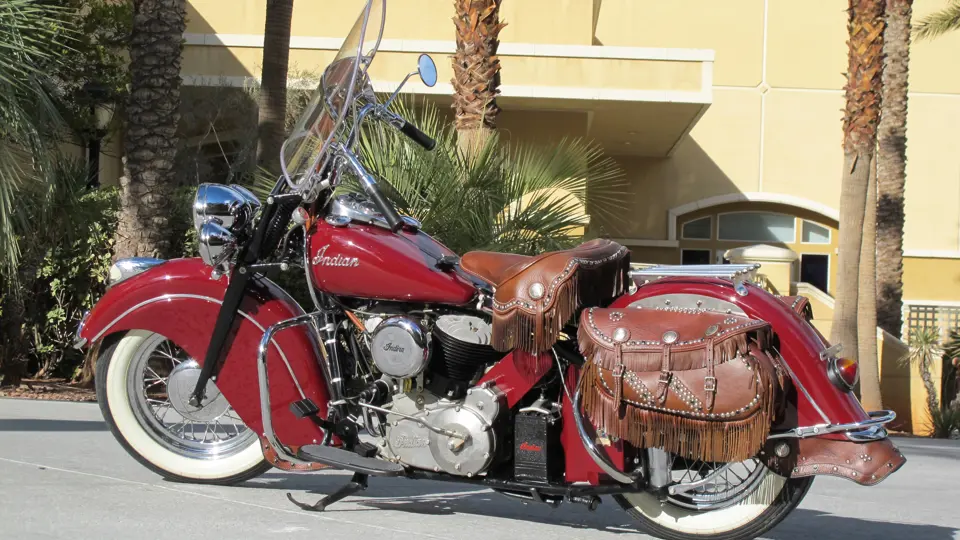




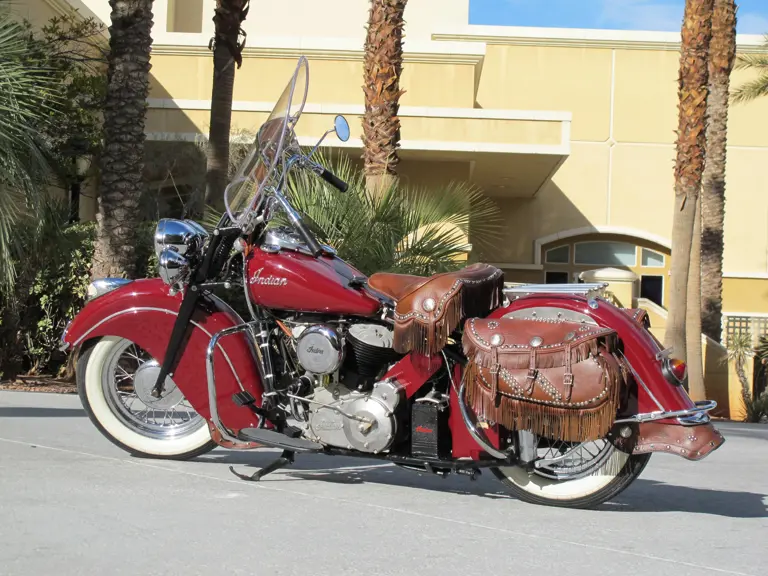
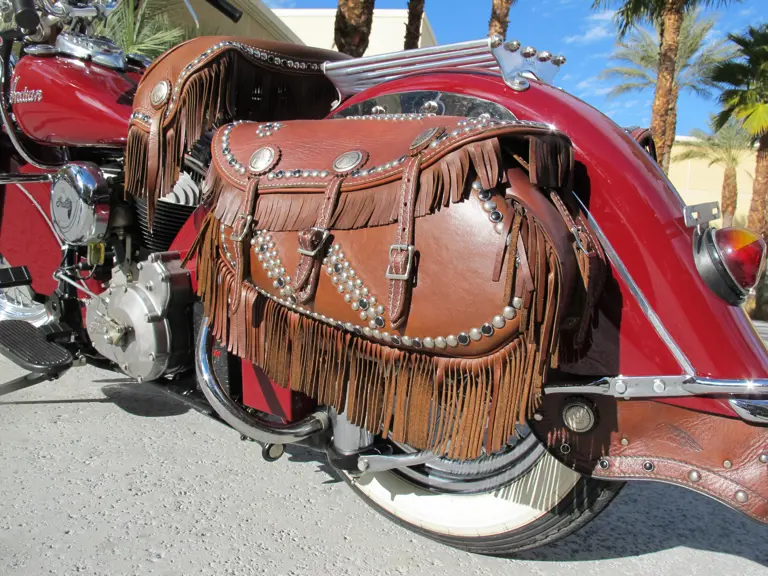
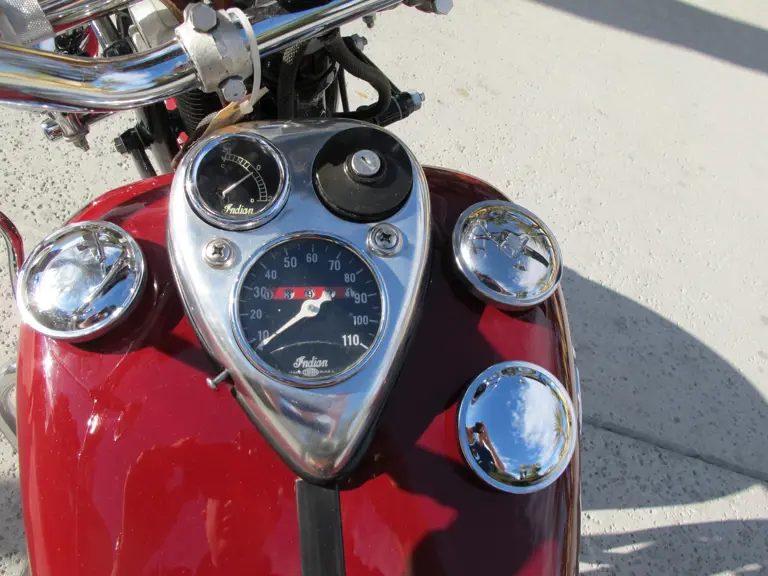

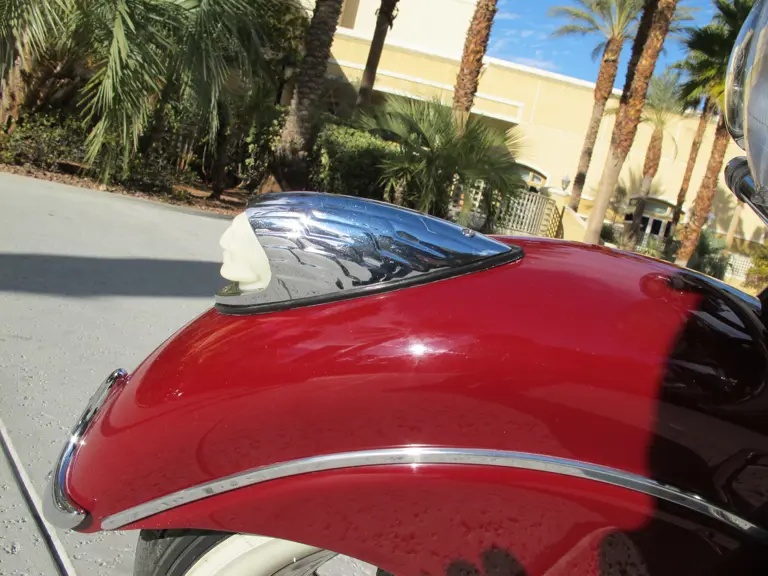

 | Amelia Island, Florida
| Amelia Island, Florida
